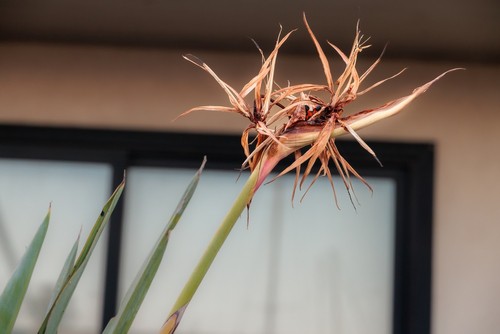The Bird of Paradise plant is a tropical plant that is popular for its beautiful and exotic flowers. However, if you notice that your Bird of Paradise plant is starting to wilt or show other signs of illness, it can be concerning.
In this article, we will discuss the signs of a dying Bird of Paradise plant, the causes of plant illness, and how to properly care for a Bird of Paradise plant.
Recognizing the signs of Bird of Paradise plant dying is crucial to saving the plant. Some common signs of a sick plant include wilting leaves, yellowing leaves, and leaf drop. If you notice any of these signs, it is important to take action quickly to prevent further damage.
Understanding the Bird of Paradise’s natural habitat is also important in caring for the plant. Bird of Paradise plants are native to South Africa and require a warm, humid environment to thrive.
Proper care for a Bird of Paradise plant includes providing it with the right amount of water, light, and fertilizer. With the right care, your Bird of Paradise plant can live for many years and continue to produce beautiful flowers.
Key Takeaways on Bird of Paradise Plant Dying
- Recognizing the signs of a dying Bird of Paradise plant is crucial to saving the plant.
- Understanding the Bird of Paradise’s natural habitat is important in caring for the plant.
- Proper care for a Bird of Paradise plant includes providing it with the right amount of water, light, and fertilizer.
Don’t miss out on these other related posts:
Recognizing the Signs of a Dying Bird of Paradise Plant
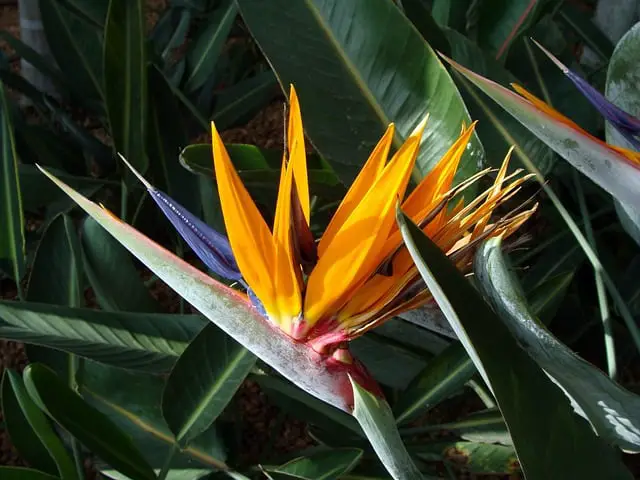
If you’re a proud owner of a Bird of Paradise plant, you know how stunning they can be when they are healthy. However, if you’re noticing some changes in the plant’s appearance, it could be a sign that it’s dying. Here are some signs to look out for:
Leaf Discoloration
One of the most common signs of a dying Bird of Paradise plant is leaf discoloration. If you notice yellowing leaves, brown spots, or distorted leaves, it could be a sign that something is wrong. In some cases, the leaves may even turn black. This is usually a sign of disease, which can quickly spread to other parts of the plant.
Wilting Leaves
Another sign of a dying Bird of Paradise plant is wilting leaves. If the leaves are drooping and appear to be wilting, it could be a sign that the plant is not getting enough water. However, if the soil is wet and the leaves are still wilting, it could be a sign of root rot. This is a serious condition that can quickly kill the plant if left untreated.
Stunted Growth
If your Bird of Paradise plant is not growing as it should, it could be a sign that it’s dying. Stunted growth is usually a sign of a lack of nutrients, water, or sunlight. However, it could also be a sign of disease or insect infestation.
Causes of Bird of Paradise Plant Illness
Bird of Paradise plants are known for their beautiful, tropical flowers and lush foliage. However, they can be prone to various issues that can cause them to become ill and even die. In this section, we will discuss some of the most common causes of Bird of Paradise plant illness and what you can do to prevent them.
1. Watering Issues

One of the most common causes of Bird of Paradise plant illness is watering issues. Overwatering can lead to root rot, which can cause the plant to die. On the other hand, underwatering can cause the leaves to turn brown and dry out. It is important to find a balance between the two and water the plant only when the top inch of soil is dry.
2. Temperature and Humidity Factors
Bird of Paradise plants thrive in warm, humid environments. Cold drafts can cause stress and damage to the plant, while overly dry air can cause the leaves to turn brown and curl. It is important to keep the plant in a warm, humid area and avoid exposing it to cold drafts.
3. Pest and Disease Problems
Bird of Paradise plants can be susceptible to pest infestations and fungal diseases. Common pests include spider mites, mealybugs, and scale insects. Fungal diseases such as root rot and leaf spot can also cause the plant to become ill. Regular inspection and treatment can help prevent these issues from becoming severe.
4. Nutrient Deficiencies
Lack of nutrients can also cause Bird of Paradise plants to become ill. The plant requires regular fertilization to thrive, and a lack of nutrients can cause the leaves to turn yellow and the plant to become weak. It is important to provide the plant with a balanced fertilizer regularly to ensure it receives all the necessary nutrients.
Understanding the Bird of Paradise’s Natural Habitat
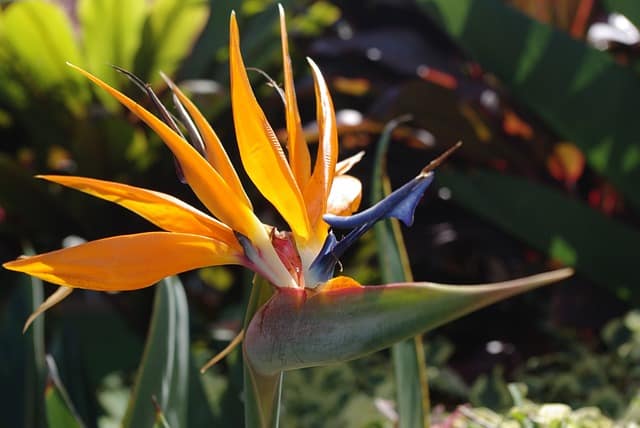
The Bird of Paradise plant is native to South Africa and thrives in warm, tropical climates. It is known for its striking flowers and lush foliage, but it can be a finicky plant to care for, especially if you are not familiar with its natural habitat.
In the wild, the Bird of Paradise plant grows in areas with plenty of sunlight. It prefers direct sunlight for at least a few hours each day, but it can also tolerate some shade. If you are growing a Bird of Paradise plant indoors, it is important to ensure that it receives enough light.
Consider placing it near a sunny window or using artificial lighting to supplement natural light.
In addition to light, the Bird of Paradise plant also requires well-draining soil. In its natural habitat, it grows in sandy or loamy soil that is rich in nutrients. If you are growing a Bird of Paradise plant in a pot, make sure that the soil is well-draining and that the pot has drainage holes to prevent water from accumulating and causing root rot.
Humidity is also an important factor to consider when caring for a Bird of Paradise plant. In its natural habitat, the plant grows in areas with high humidity, so it may benefit from occasional misting or a humidifier if you are growing it indoors.
Proper Care for a Bird of Paradise Plant
Proper care is essential for a Bird of Paradise plant to thrive and avoid dying. The following subsections provide some guidelines on how to care for a Bird of Paradise plant.
1. Watering and Moisture
Watering and moisture are crucial for a Bird of Paradise plant. Overwatering or underwatering can cause the plant to die. The best practice is to water the plant when the top inch of soil is dry. It is also essential to ensure proper drainage to avoid waterlogging, which can lead to root rot.
It is also important to maintain proper moisture levels in the air around the plant. Bird of Paradise plants prefer a humid environment. You can use a humidifier or place a pebble tray with water near the plant to increase humidity levels.
2. Soil and Potting
The soil and potting are also crucial for a Bird of Paradise plant. The plant requires well-draining soil to avoid waterlogging. It is recommended to use organic potting soil that is rich in nutrients and retains moisture.
The pot size should also be appropriate for the plant’s size. A small pot can cause root-bound, while a large pot can cause waterlogging. It is best to repot the plant every two to three years to prevent root-bound. Ensure the pot has drainage holes to allow excess water to drain.
3. Light and Temperature
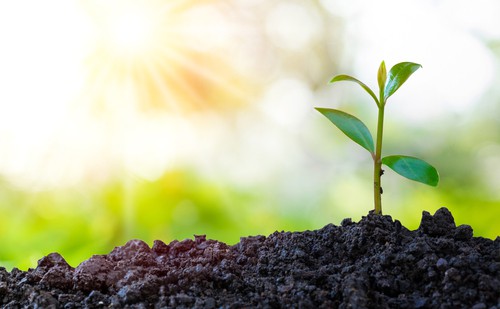
Bird of Paradise plants require bright, indirect light to thrive. Direct sunlight can burn the leaves, while low light can cause stunted growth. The plant also prefers warm temperatures between 65-85°F.
It is also essential to maintain consistent temperatures around the plant. Sudden temperature changes can cause shock and stress to the plant.
4. Pruning and Fertilizing
Pruning and fertilizing are essential for a Bird of Paradise plant’s growth and health. Pruning helps remove dead or damaged leaves and promotes new growth. It is best to prune during the plant’s active growth period.
Fertilizing provides essential nutrients for the plant’s growth. Organic fertilizers such as blood meal, manure, and sludge are recommended for Bird of Paradise plants. Inorganic NPK 1:1:1 fertilizer and iron supplements can also be used. It is best to fertilize the plant every two to three months during the active growth period.
How to Treat a Sick Bird of Paradise Plant
If your bird of paradise plant is showing signs of sickness, there are a few things you can do to help it recover. The following sub-sections outline some of the steps you can take to treat a sick bird of paradise plant.
Repotting and Root Care
One of the first things to consider when treating a sick bird of paradise plant is whether it needs to be repotted. If the plant is root-bound, it may not be able to absorb the nutrients it needs to stay healthy. Repotting the plant in fresh soil can help it get the nutrients it needs to recover.
When repotting a bird of paradise plant, it’s important to be gentle with the roots. Carefully remove the plant from its old pot and gently loosen any tangled roots. If the roots are damaged or diseased, trim them back with clean scissors. Then, place the plant in a new pot with fresh soil and water it thoroughly.
Disease and Pest Treatment
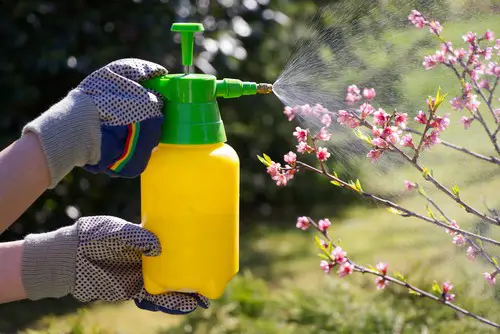
Bird of paradise plants can be susceptible to fungal diseases and pests like spider mites and mealybugs. If your plant is showing signs of disease or infestation, it’s important to take action quickly to prevent it from spreading.
One effective treatment for fungal diseases is to apply a solution of chamomile tea to the affected areas. Chamomile has natural antifungal properties that can help kill off the fungus and prevent it from spreading.
For pest infestations, neem oil is a natural treatment that can be effective at killing off spider mites and mealybugs. Simply mix a few drops of neem oil with water in a spray bottle and apply it to the affected areas. You can also use a solution of cinnamon and charcoal to help prevent pest infestations.
Reviving a Wilted Plant
If your bird of paradise plant is wilting or drooping, it may be a sign that it’s not getting enough water or humidity. One way to revive a wilted plant is to mist it with water. This can help increase the humidity around the plant and prevent it from drying out.
Another way to revive a wilted plant is to give it a nutrient boost. You can do this by applying a fertilizer that’s high in nitrogen. This can help stimulate new growth and help the plant recover.
In addition to these treatments, it’s important to maintain good care habits for your bird of paradise plant to prevent future sickness. This includes regular watering, proper lighting, and keeping the plant free of pests and diseases.
Frequently Asked Questions
What causes Bird of Paradise leaves to turn brown?
Brown leaves on a Bird of Paradise plant can be caused by several factors, including overwatering, underwatering, lack of humidity, too much direct sunlight, or pests. To prevent brown leaves, make sure the plant is watered properly, placed in a location with bright indirect light, and kept in a humid environment.
How often should I water my Bird of Paradise plant?
You should water your Bird of Paradise plants once a week during the growing season and once every two to three weeks during the dormant season. Overwatering can lead to root rot, while underwatering can cause the leaves to turn brown and brittle.
What should I do with dead leaves on my Bird of Paradise plant?
Dead leaves on a Bird of Paradise plant should be removed by cutting them off at the base of the stem. This will help the plant focus its energy on new growth instead of trying to sustain dead leaves.
How can I revive a dying Bird of Paradise plant?
To revive a dying Bird of Paradise plant, identify the cause of the problem, which could be improper care, lack of sunlight, pests, or disease. Adjust the care routine accordingly, such as watering less frequently or moving the plant to a brighter location. If the plant is severely damaged, it may not be possible to revive it.
Should I cut off brown leaves on my Bird of Paradise plant?
Yes, brown leaves on a Bird of Paradise plant should be cut off at the base of the stem to prevent the plant from expending energy on sustaining dead leaves. This will also help the plant focus on producing new growth.
Why are the leaves on my Giant Bird of Paradise plant curling?
Curling leaves on a Giant Bird of Paradise plant can be caused by underwatering, overfertilizing, or pests. Make sure the plant is watered properly and fertilized according to the instructions on the package. If pests are present, treat the plant with an appropriate insecticide.

Hey, I’m Lisa and I’ve been an avid gardener for over 30 years. I love writing, talking and living in the garden! Feel free to connect with me on my socials below

